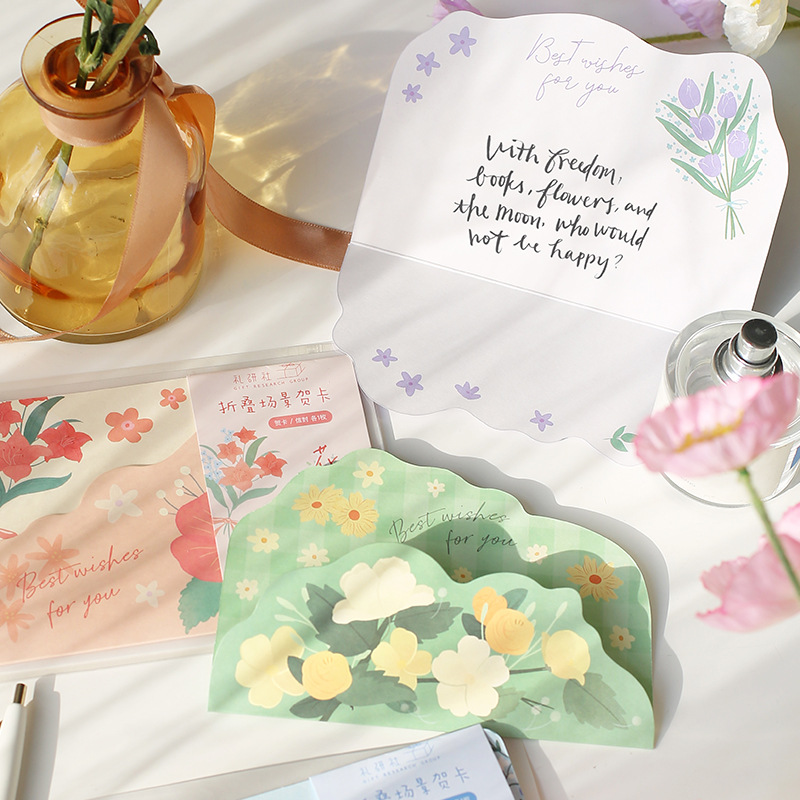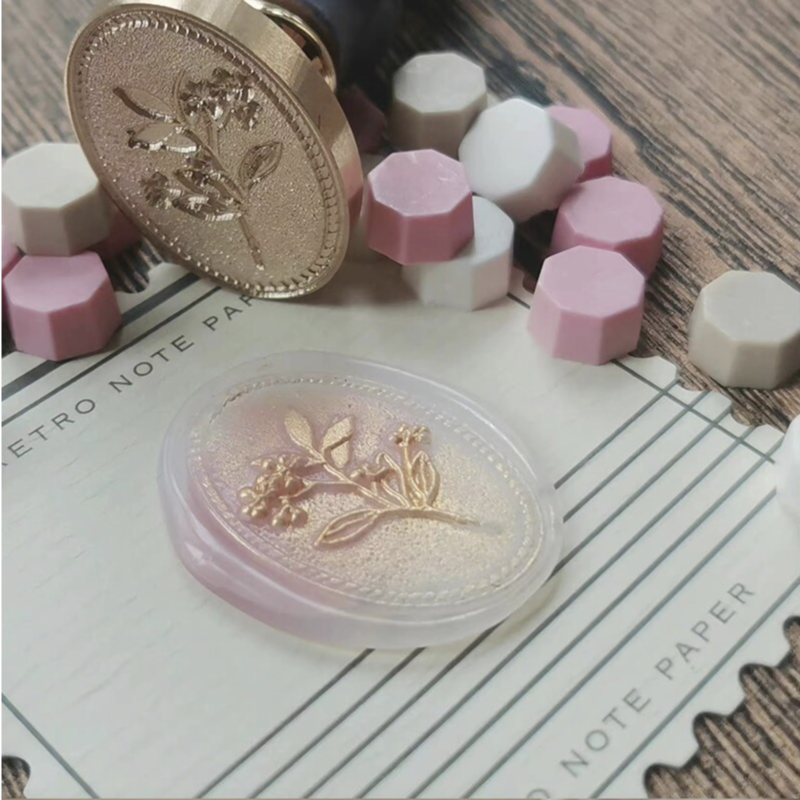Envelope And Stamp
The Significance and Evolution of Envelopes and Stamps
Envelopes and stamps have been fundamental to communication for centuries, playing a crucial role in both personal and professional correspondence. These simple yet essential items have evolved over time, adapting to changes in technology and societal needs. This article explores the history, significance, and modern trends of envelopes and stamps, highlighting their enduring importance in our lives.
The History of Envelopes
The use of envelopes dates back to ancient civilizations. The earliest forms of envelopes were made from clay, used by the Sumerians around 2000 B.C. to protect clay tablets inscribed with cuneiform script. As writing materials evolved, so did the design of envelopes.
-
Ancient and Medieval Times:
- Early paper envelopes were used in China after the invention of paper around 200 B.C. These were primarily red packets used to hold money.
- In medieval Europe, letters were folded and sealed with wax rather than using separate envelopes.
-
Modern Envelopes:
- The modern envelope as we know it began to take shape in the 19th century with the invention of the envelope-folding machine by Edwin Hill and Warren De La Rue in 1845.
- The widespread use of envelopes coincided with the establishment of standardized postal services and the introduction of adhesive postage stamps.
The History of Stamps
Postage stamps, small adhesive labels affixed to mail to indicate payment of postage, were a revolutionary development in the postal system.
-
The First Stamp:
- The world’s first postage stamp, the Penny Black, was issued in the United Kingdom on May 1, 1840. It featured a portrait of Queen Victoria and was created to standardize postal rates and simplify the mailing process.
-
Global Adoption:
- Following the success of the Penny Black, other countries quickly adopted the use of postage stamps. The United States issued its first stamps in 1847, featuring Benjamin Franklin and George Washington.
- Stamps became a global phenomenon, with each country creating unique designs that often reflected their culture, history, and achievements.
The Significance of Envelopes and Stamps
-
Personal Communication:
- Envelopes and stamps have been integral to personal correspondence, allowing people to send letters, invitations, and greeting cards across distances. They provide a personal touch that electronic communication often lacks.
- Stamp collecting, known as philately, became a popular hobby, with enthusiasts valuing stamps for their historical and artistic significance.
-
Business and Legal Uses:
- In the business world, envelopes and stamps are essential for sending contracts, invoices, and marketing materials. They ensure confidentiality and professionalism in communication.
- Legal documents are often sent via certified mail, using special envelopes and stamps to ensure secure and traceable delivery.
Current Trends and Innovations
-
Digital Transformation:
- While digital communication has reduced the volume of traditional mail, envelopes and stamps are still widely used for official and sentimental correspondence.
- Many postal services have introduced digital stamps and online postage purchasing, integrating technology with traditional mail services.
-
Sustainability:
- There is a growing trend towards sustainable and eco-friendly envelopes made from recycled materials. This reflects the increasing environmental consciousness among consumers and businesses.
- Biodegradable and reusable envelopes are also gaining popularity as part of efforts to reduce waste.
-
Customization and Personalization:
- Custom-designed envelopes and stamps are becoming popular for events like weddings and corporate branding. Personalized stamps and envelopes add a unique and personal touch to mail.
Conclusion
Envelopes and stamps, though seemingly simple, remain vital components of modern communication. They have a rich history and continue to evolve with technological advancements and changing societal values. Whether for personal, professional, or legal purposes, envelopes and stamps offer a tangible and often more meaningful way to communicate, connect, and preserve important messages. As we move forward, their ability to adapt to new trends ensures they will remain relevant and significant in our lives.



